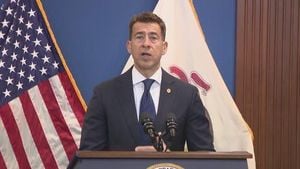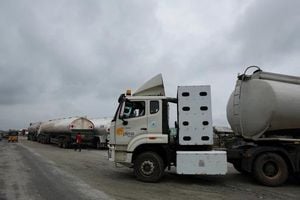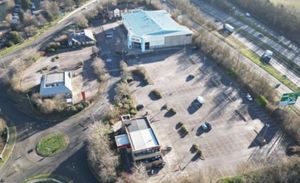Researchers have discovered significant new information about quantum speed limits, which could impact the future of quantum computing. By conducting experiments using superconducting circuits, scientists from Zhejiang University have experimentally validated the existence of both minimal and maximal speed limits governing the dynamics of quantum states.
Quantum speed limits (QSL) delineate the speed at which quantum states can change, and their comprehension is pivotal for numerous practical applications. This research marks a step forward as it broadens the investigation of speed limits beyond simplistic models to more complex systems involving multiple particles or excitations.
The study builds upon foundational theories from quantum mechanics, particularly the Mandelstam-Tamm and Margolus-Levitin bounds, which set constraints on how quickly quantum states can evolve. It posits the existence of both upper limits, traditionally known and characterized, and newly identified lower limits on the dynamical evolution of quantum states.
By leveraging tunable parameters within superconducting circuits, the researchers could manipulate Hamiltonian parameters and effectively examine the behavior of both few-body systems, such as single qubits and qutrits, and many-body states across various configurations. This flexibility allowed for the observation of different speed regimes based on the quantum state under examination.
During the experiments, the researchers adjusted Hamiltonian parameters, which effectively switched between different bounds limiting the dynamics involved. For specific configurations, the team found the quantum state evolution was predominantly characterized by the minimal speed bound, which had not been extensively explored before.
"Our results show a comprehensive experimental characterization of quantum speed limits and enhances the theoretical foundation for their subsequent study under engineered non-unitary conditions," the authors noted, indicating their findings could influence how future quantum systems are understood and engineered.
The verification of these speed limits is not just theoretical; it has practical ramifications for quantum information processing, such as optimizing quantum gate functionalities. For quantum computers to operate efficiently, knowing the upper and lower limits of state changes can lead to improvements across various computational and communication tasks.
This groundbreaking research also opens pathways for subsequent investigations involving larger, more complex quantum systems where many-body physics come heavily to bear. Using these insights, the team emphasizes the need for future explorations of speed limits within unique frameworks, such as non-Hermitian Hamiltonians.
Overall, the experimentation leads to potential advancements not only for fundamental science but for the practical applications of quantum mechanics. Understanding both the minimal and maximal speed limits gives researchers new tools to optimize quantum operations—paving the way for future innovations within quantum technology.



